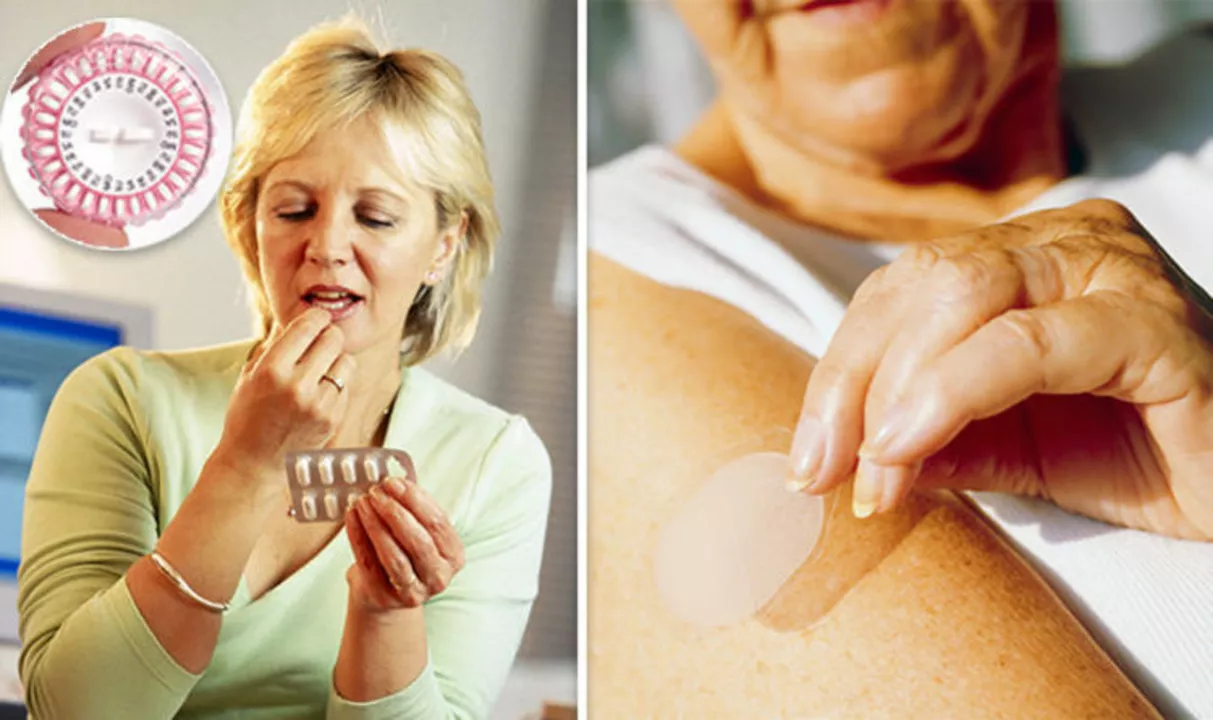Hormone Therapy for Men: What It Is, Who Needs It, and How to Use It Safely
If you’ve ever heard doctors mention hormone therapy (HT) and wondered if it’s something you should consider, you’re not alone. In simple terms, HT means adding or adjusting hormones in your body to bring things back into balance. For most men, the focus is on testosterone – the main male hormone that controls energy, muscle mass, mood, and sexual health.
Why would a man need extra testosterone? Age is a big factor. After about 30, natural levels start to dip slowly, but some guys feel the drop faster. Symptoms can include low libido, fatigue, loss of lean muscle, increased body fat, and even trouble concentrating. When those signs get tough to ignore, doctors may suggest hormone therapy as a way to restore normal function.
Common Types of Hormone Therapy for Men
The most popular form is testosterone replacement therapy (TRT). It comes in several formats: gels you apply to skin, patches you wear like bandages, injections given every few weeks, and even small pellets placed under the skin that release hormone over months. Each method has pros and cons – gels are easy but can transfer to partners, injections hit levels hard but may cause peaks and valleys, and pellets avoid daily hassle but need a minor procedure.
Beyond testosterone, some men use hormone therapy to address specific issues like low estrogen after prostate surgery or to balance thyroid hormones that affect metabolism. These cases usually involve specialist care and targeted dosing.
Benefits and Risks You Should Weigh
The upside of proper HT can be dramatic: better mood, more drive in the bedroom, stronger workouts, and clearer thinking. Many men report feeling younger within weeks of starting treatment. However, it isn’t a magic bullet – you need to pair it with good diet, regular exercise, and sleep.
Risks exist, too. Too much testosterone can raise red‑blood‑cell counts, potentially leading to clotting issues. It may also enlarge the prostate or aggravate existing prostate cancer, so regular PSA checks are a must. Skin irritation from gels, injection site pain, or mild acne are common but usually manageable.
Because every body reacts differently, the key is close monitoring. Blood tests before starting, then every 3‑6 months, help keep hormone levels in the sweet spot and catch side effects early.
Who should avoid HT? Men with untreated severe sleep apnea, uncontrolled heart disease, or a history of blood clots need to discuss alternatives first. Also, if you’re trying to conceive, higher testosterone can lower sperm count, so talk to a fertility expert.
Choosing the right provider matters. Look for doctors who specialize in men’s health or endocrinology and ask about their monitoring protocol. A good clinician will explain dosage, expected changes, and what labs they’ll track.
Finally, keep expectations realistic. Hormone therapy can boost quality of life, but it won’t replace a healthy lifestyle. Think of it as a tool in your health toolbox – powerful when used correctly, useless if you ignore diet, exercise, and stress management.
If you’re curious about HT, start by writing down any symptoms that bother you, schedule a check‑up, and ask for a hormone panel. The more information you bring to the doctor, the easier they can decide if therapy fits your needs.
Midodrine and Menopause: A Potential Treatment Option
As a blogger, I've recently stumbled upon a fascinating topic - the potential use of Midodrine as a treatment option during menopause. Menopause can be a challenging time for many women, with symptoms like hot flashes, mood swings, and fatigue affecting daily life. Midodrine, a drug typically used to treat low blood pressure, has shown promise in alleviating some of these symptoms. Through further research and clinical trials, Midodrine could become a viable treatment option for menopausal women seeking relief from their symptoms. As always, it's essential to consult with a healthcare professional before trying any new treatments.
© 2025. All rights reserved.

